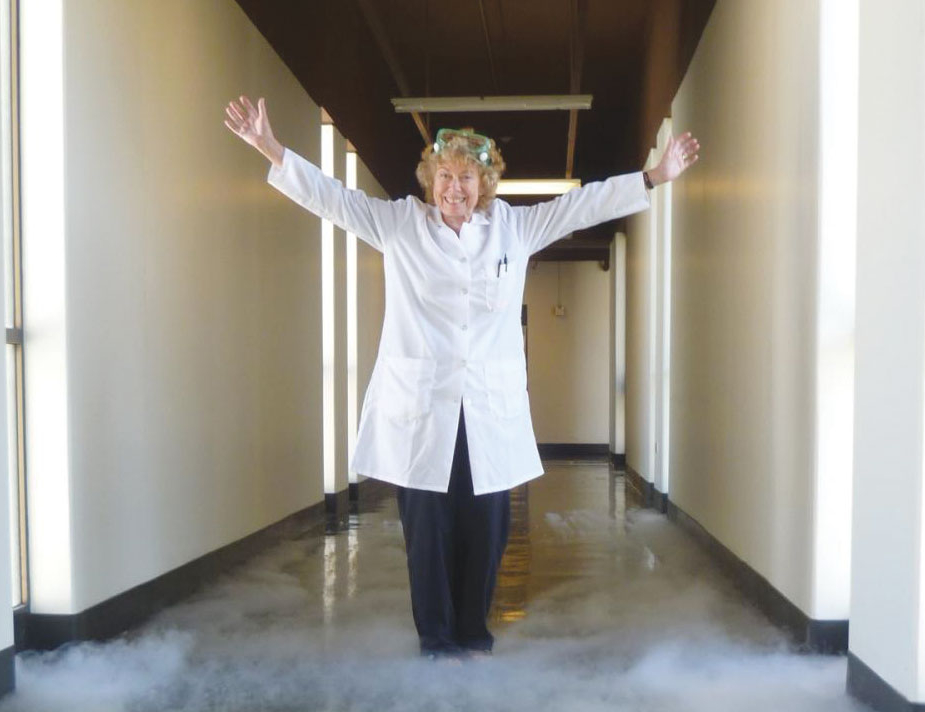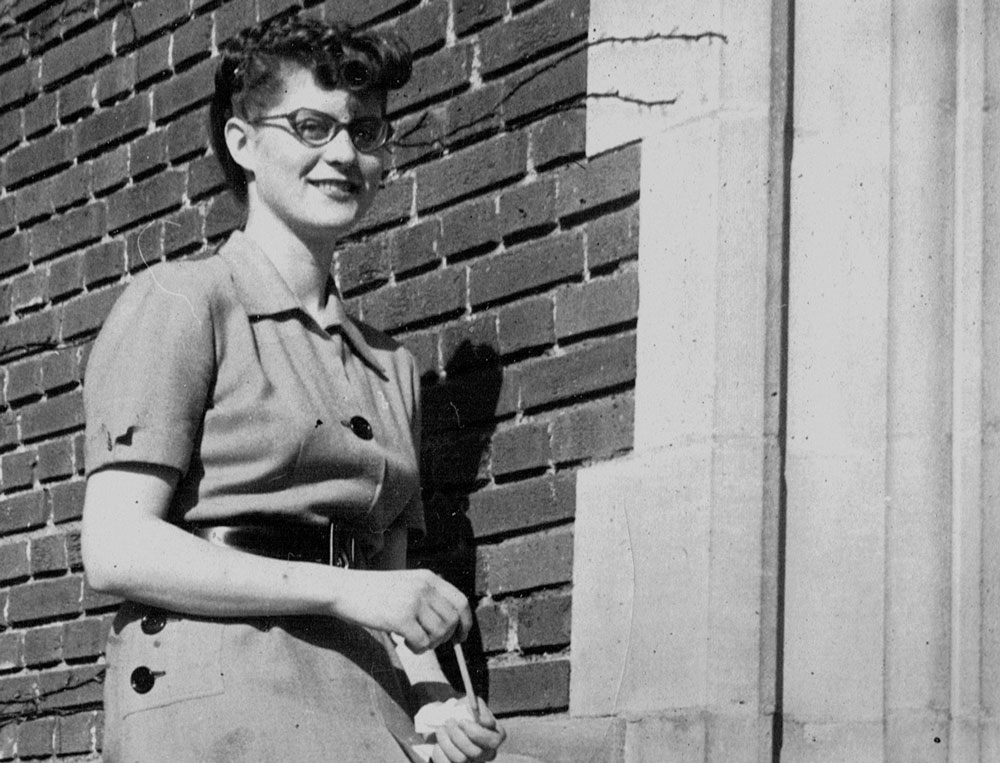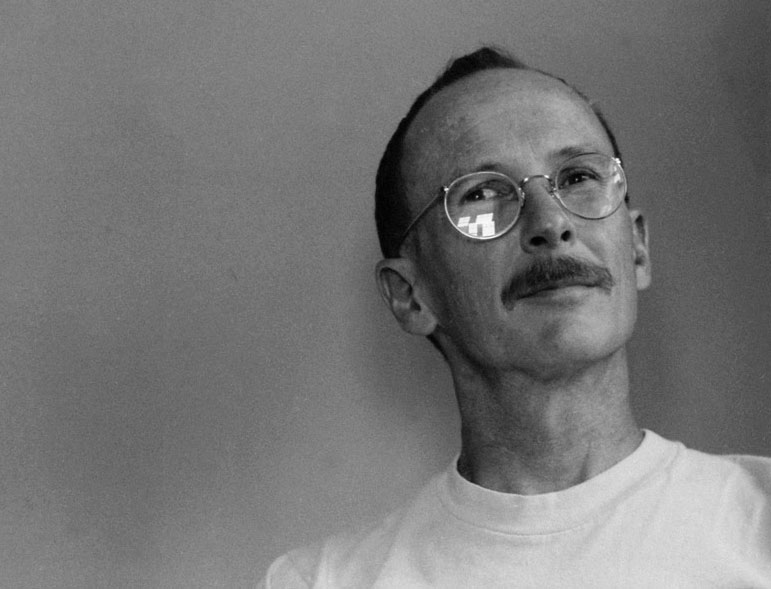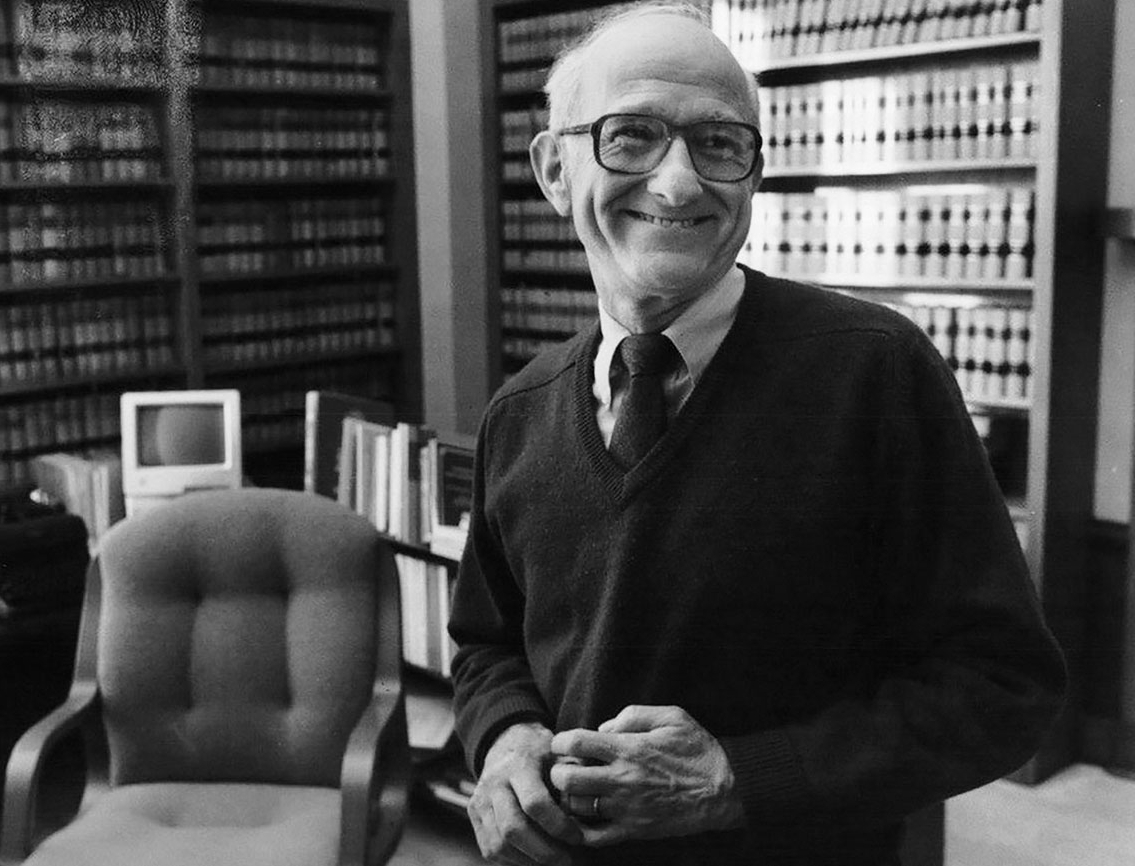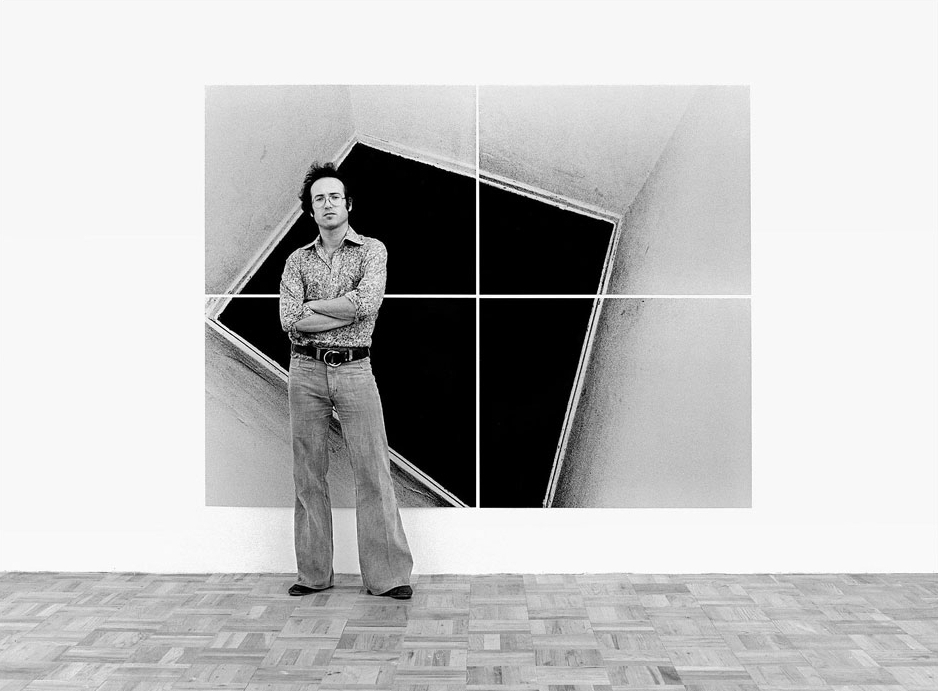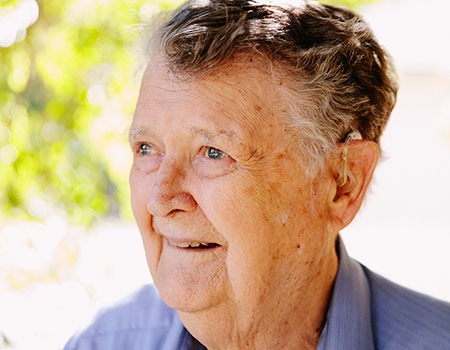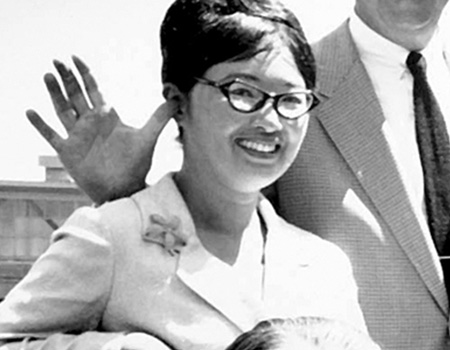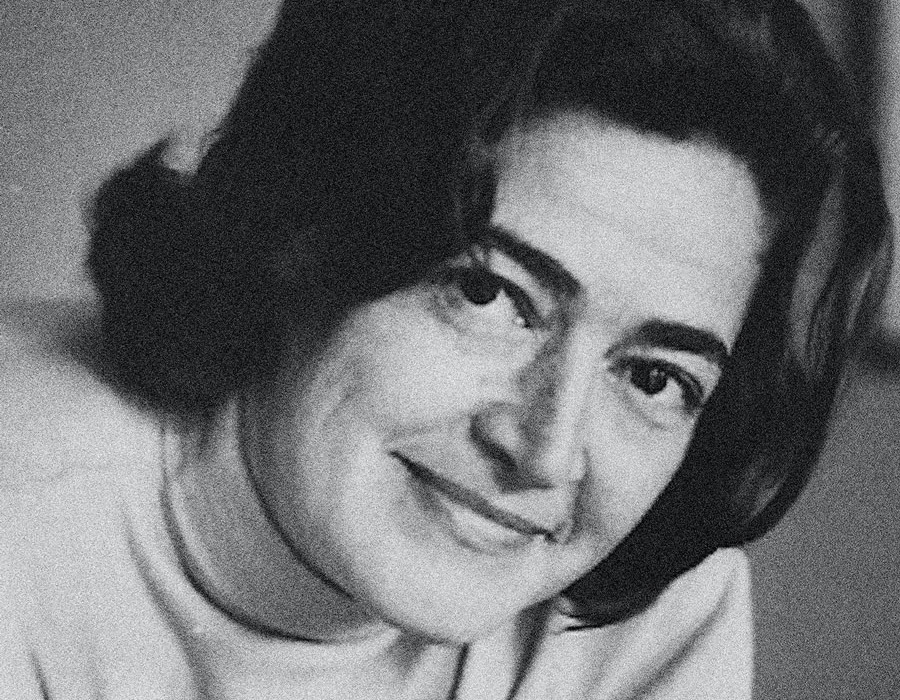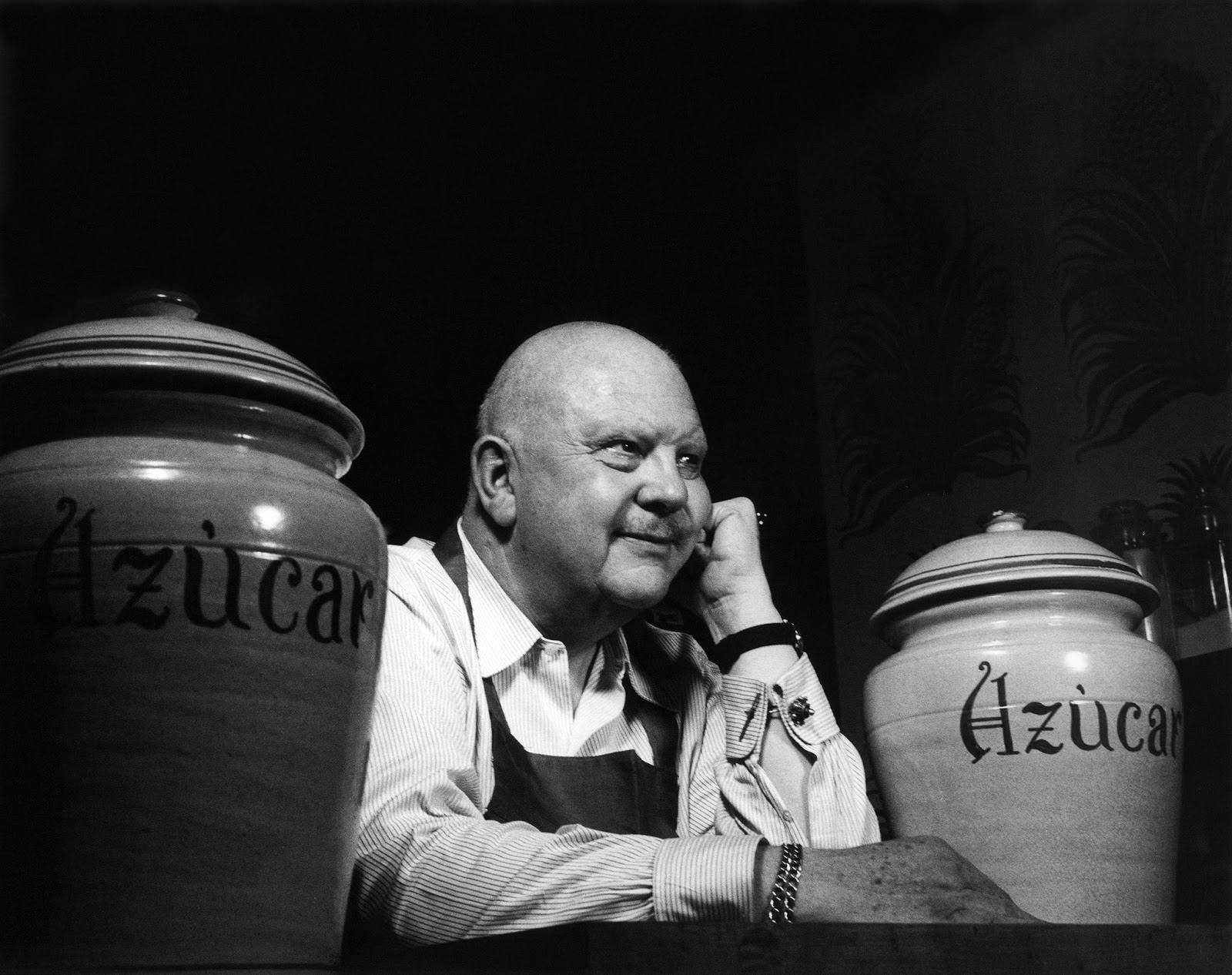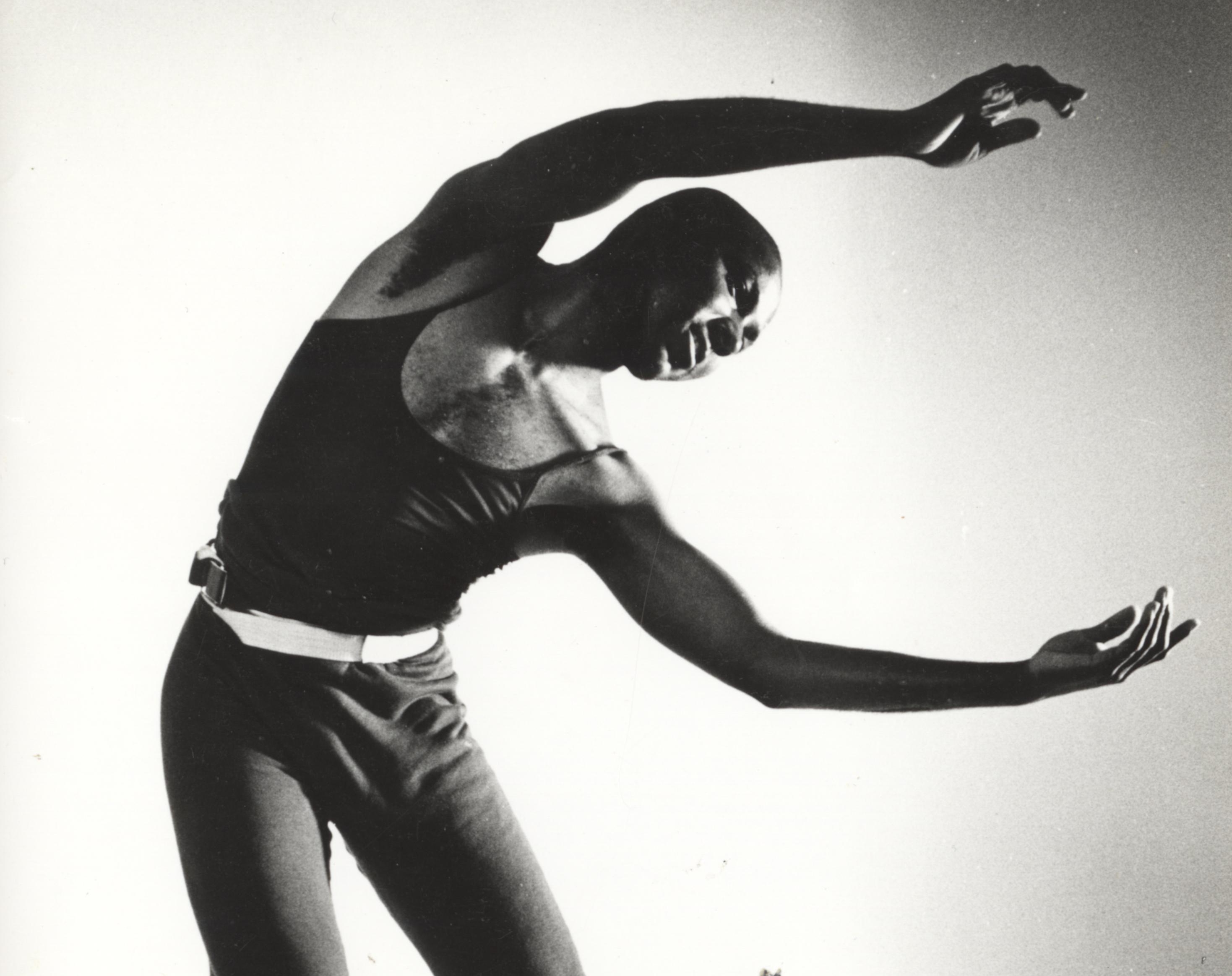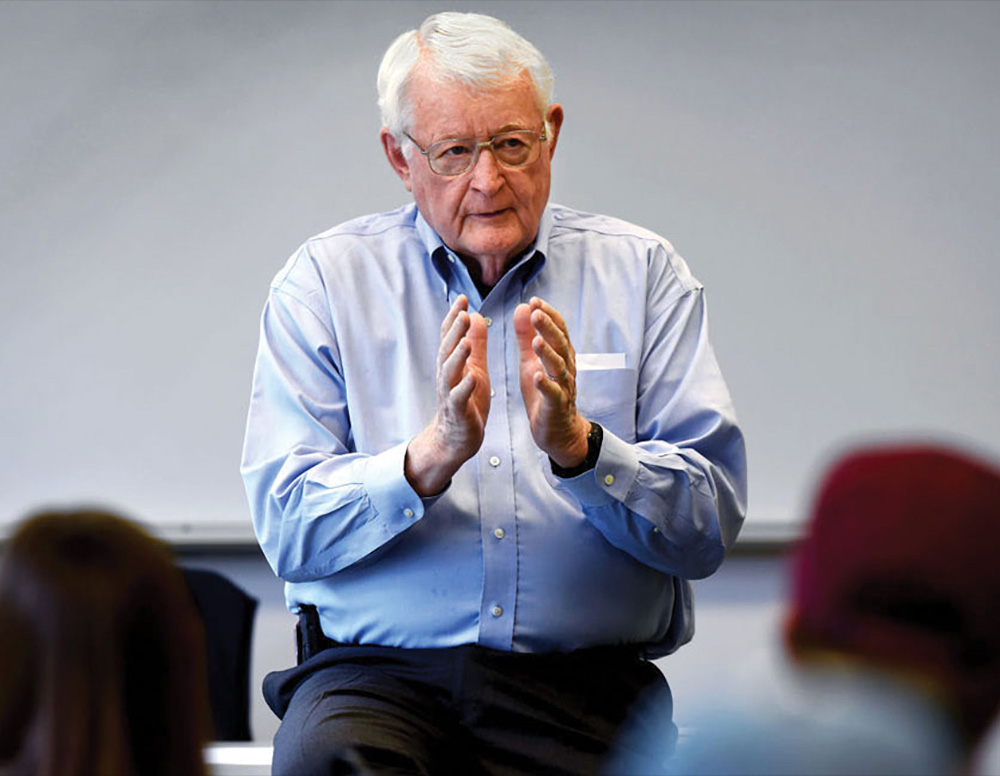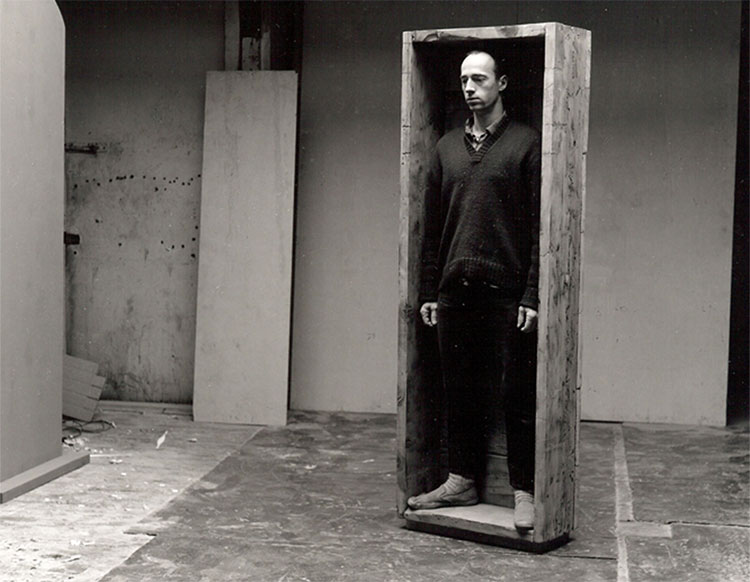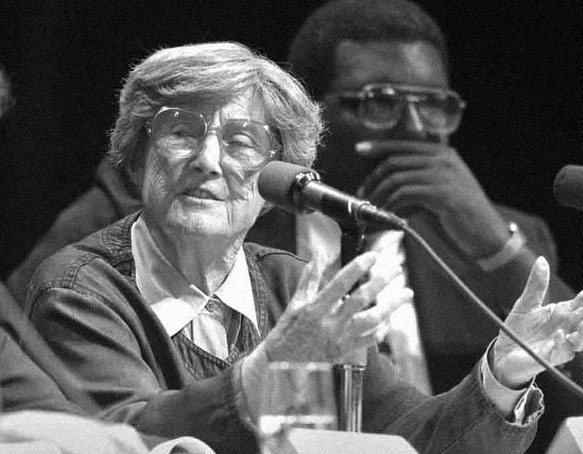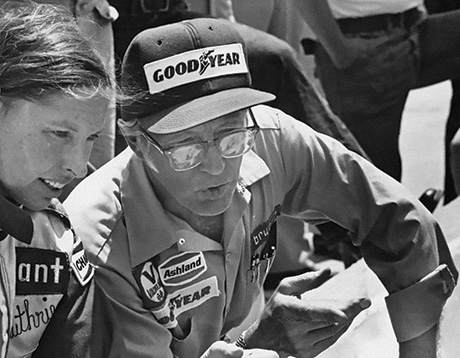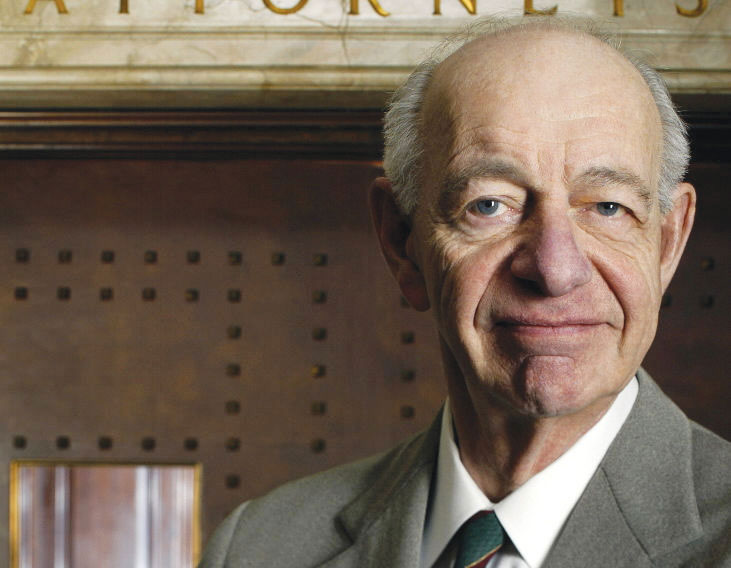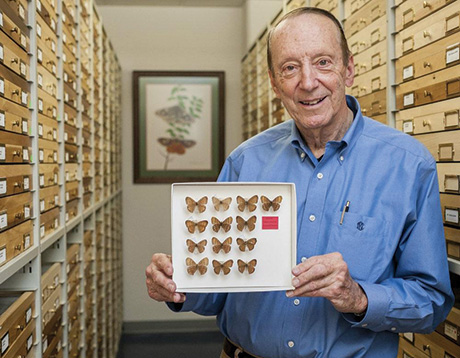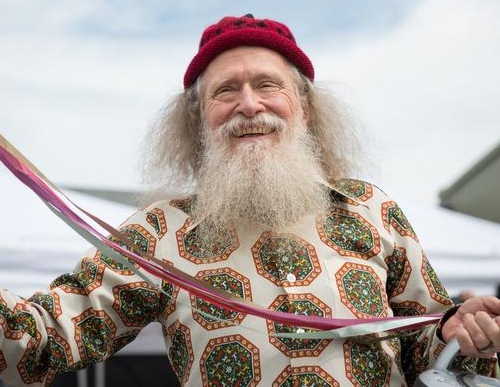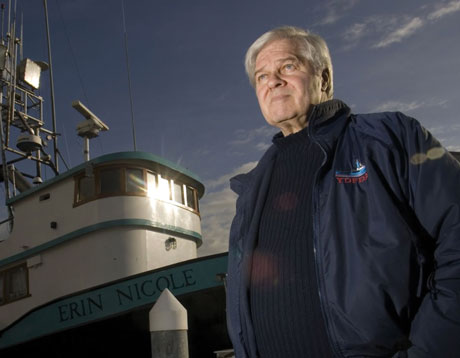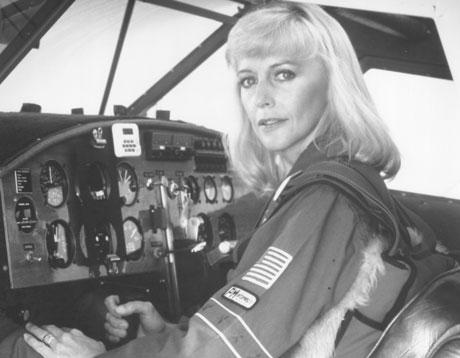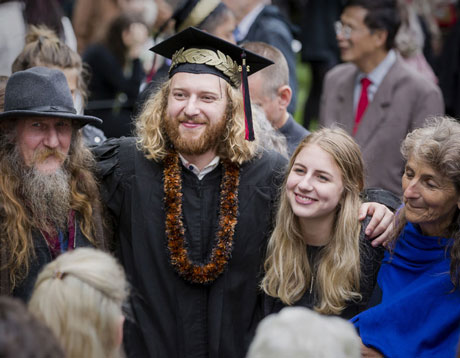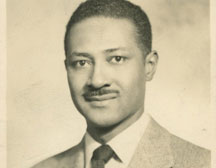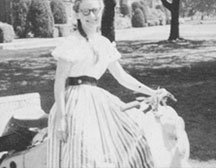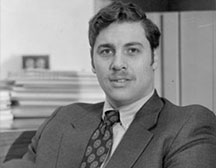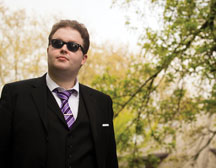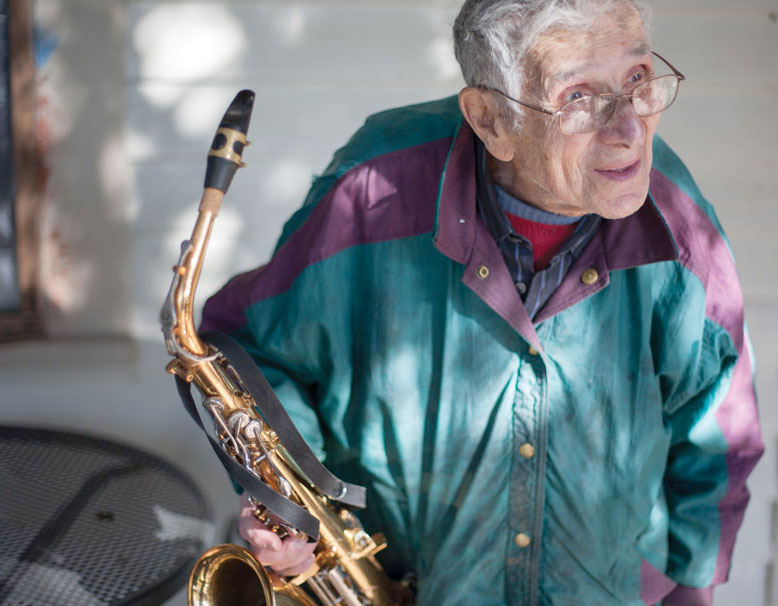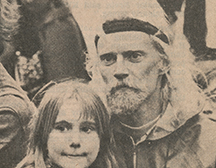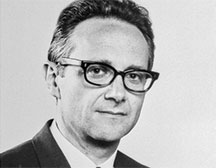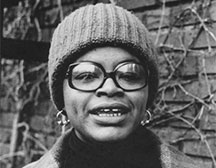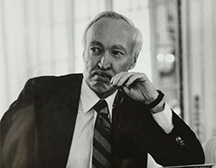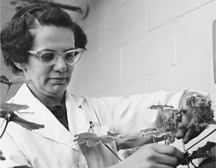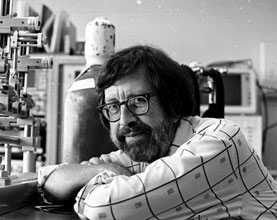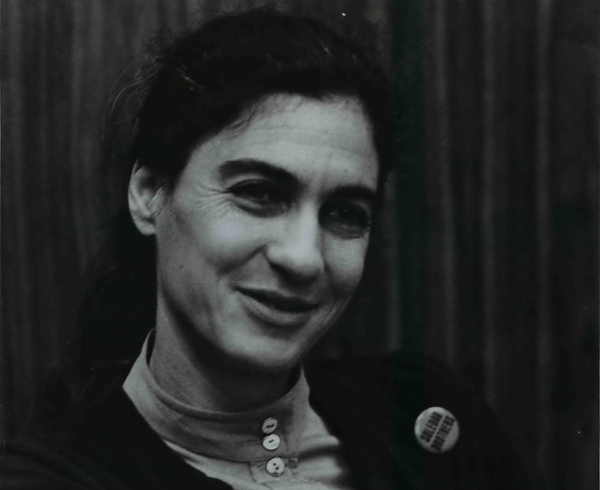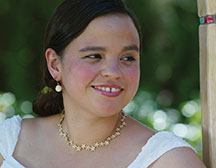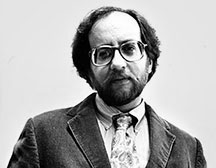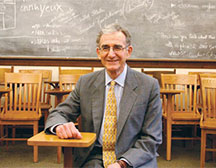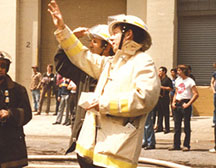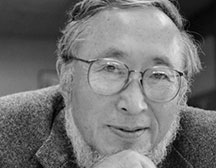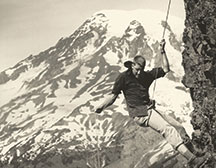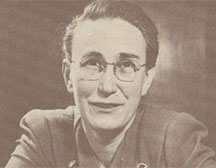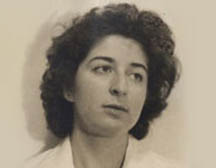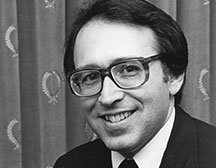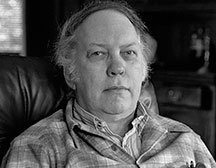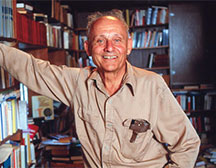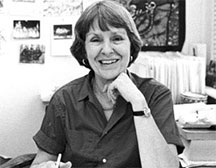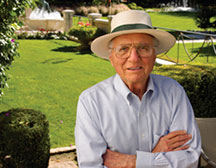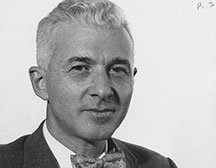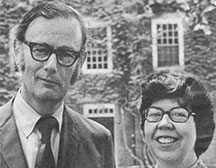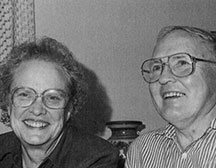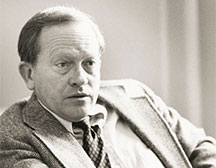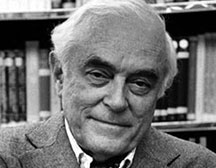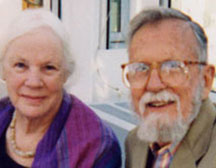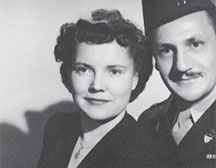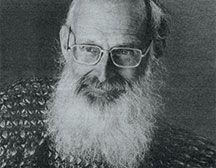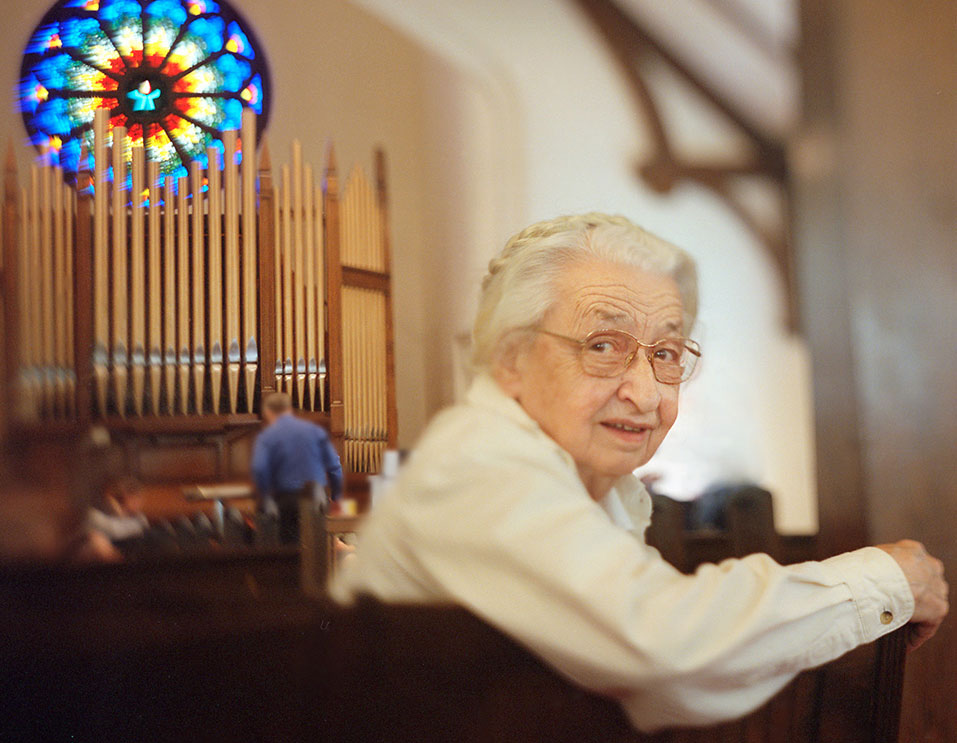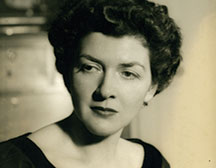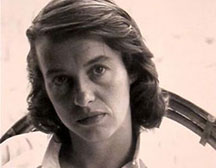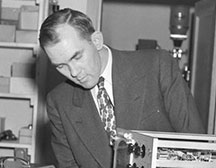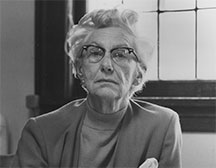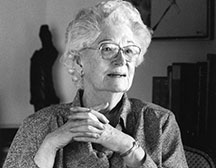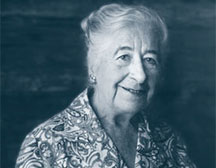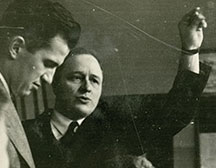Margret J. Geselbracht Faculty
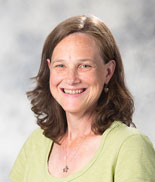
Reed College lost a cherished colleague and great friend when Prof. Margret Geselbracht [chemistry 1993–2014] passed away on September 11, 2014, after a long and hard-fought struggle against lymphoma.
Maggie joined the Reed community in January 1993, delaying her transfer from Wisconsin to Reed by one semester so that she could extend her postdoc and stay close to her future husband, Tom Armstrong. A child of Peoria, Illinois, and a graduate of Notre Dame, Maggie moved to Berkeley to start graduate school. While there (or, more precisely, while on the top deck of a ferry heading to Alaska) she met Tom, fell in love, and realized she would have a more harmonious marriage if she found employment somewhere along the West Coast. As luck would have it, Prof. Alan Shusterman wrote to Arthur Ellis, Maggie’s postdoctoral adviser, informing him that Reed was looking for an inorganic chemist. The ad was passed to Maggie, and the rest fell into place.
Maggie’s arrival at Reed was significant in many ways. Most importantly, Reed hired an exceptional researcher and a committed educator. She arrived at Reed having just published a text that showed how to link materials science to the general chemistry curriculum, the first text of its kind. Of equal significance, she joined our six-person department as the only female chemist, and ultimately became the first woman ever to be tenured in our department. She took her position as a role model seriously and became a leader in highlighting the achievements of female scientists and spurring discussions on issues related to being a woman in a field that has long been dominated by men. It is no accident that 20 years later, our department has graduated two successive classes that are majority women and that she helped recruit other outstanding women to our faculty.
Maggie’s contributions within the chemistry department can never be fully enumerated. Inheriting Prof. Tom Dunne’s mantle as our inorganic chemist, she adopted his commitment to an intense workload in the pursuit of spreading her love of inorganic chemistry. She was dedicated to introducing students to her specialty in their second year, and also to providing an upper-level course so that students could see the discipline in fuller flower. Over the years, she developed Chem 212 to include more lab and lecture content, while applying a suite of experiments that introduce students to a wide array of topics across the discipline. By plugging both courses into the IONiC/VIPEr network, her pedagogical repertoire grew as her own innovations spread.
In general chemistry, Maggie energetically embraced the module approach to teaching and led her partners in that course in creating a first-semester introduction to chemistry that is uniquely effective at acting as an introduction to the discipline for majors and nonmajors alike. Chem 101 was her vision of why one pursues chemistry, asking students to develop a molecular view of their surroundings by tackling topics drawn from the universe (the composition of stars), the environment (climate change), and our diet (trans-fats), and giving students the theoretical and practical experience to more fully appreciate the natural and human-influenced world. Maggie’s greatest delight was turning humanities majors on to chemistry, as they discovered a previously untapped enthusiasm for science. Students will know her through this course for many years to come.
As a researcher, Maggie brought numerous Reedies under her wing to explore the wealth of chemistry associated with solid-state materials, particularly high-temperature superconductors. She was the first Reed professor to be awarded an NSF CAREER grant, supporting her work in layered perovskites containing mixed-valence metallic species. Never one to rest on just one idea, she led her students into investigations of solid acids, aerogels, and the SHArK project for photochemical energy conversion. Her research consistently sought to make practical advancements through a stronger understanding of solids.
Students working in Maggie’s lab had the opportunity to see the scientific world more broadly than many of their peers, thanks to her commitment to supporting student presentations at national meetings of the American Chemical Society. Those presentations were typically made within the division of inorganic chemistry, rather than undergraduate research, putting students in the mix with leaders in the field. Reedies would routinely return from these meetings flushed with the excitement of having met so-and-so on the conference floor or in a local bar, the first evidence that they were genuinely part of an international community of like-minded scientists.
Maggie had an important and boisterous “family” of inorganic chemists supporting her from afar, and she built new and interlocking elective families throughout her life and career, including students, alumni, and colleagues in the chemistry department and across campus. Of course, the most important family was the one she started with Tom. Her sons Kieran and Zach stood at the center of her life, and they connected her in myriad ways to others in the community. As she fought the cancer that reappeared in 2007, we saw each of these families step forward with their physical and emotional support, fully committed to letting Maggie know how important she was to each of them.
Maggie shone as brightly in her many other passions. A talented pianist, she thrilled at getting an instrument at home, and music was often playing in her office, with Christmas carols starting in late October. As part of a talented couple in the kitchen, she and Tom introduced many of us to the glories of Cook’s Illustrated and the Silver Palate, while also setting up a store of fine wines that contributed to the quality of those meals. Her birthday cakes for her boys became the stuff of legend, as it seemed that each one was intended to top the one before. Serious conversation could be had about achieving exactly the right coloring for a fondant to top a Timbers-themed cake, and upon the architectural potential of doughnuts. She became a committed geocacher, using any spare moment to track down a new cache with her beloved dogs, first Bailey and then Cassie. Maggie also left a great creative legacy. She was an exceptional quilter and illustrated many of the challenges and triumphs of her fight with cancer through her work.
Maggie didn’t ever seem to do things the easy way; she did things the way she thought they should be done. When she had 150 Chem 101 exams to grade, she still wrote a three-hour exam, with problems, with partial credit, and with a very careful reading of the answers—even if it took her most of break to grade. When she went on sabbatical at Oxford for a year, her whole family went with her, and she gave birth to Kieran there in March 2000. (Notably, Zach was born during her junior sabbatical; Maggie was a planner.) She took the whole family to D.C. in 2006 to work on battery materials at the Naval Research Laboratory. It wasn’t easy; aspects of it were intimidating, sometimes she wanted to (and did) cry, but she picked up and did it—just like the way she fought her illness.
Maggie died almost exactly one year after her last classroom appearance, in which she delivered one of her favorite lectures, asking Chem 101 students to think about how an electron, with its particle-like qualities, is capable of crossing boundaries where there is no probability of its existence. She loved the conundrum of it—the sheer strangeness of a natural world that we tend to take for granted. It is at moments like these, when we lose a close and dear friend too soon, that we feel the capriciousness of nature. But as Maggie would remind us, it’s a chance to dig deeper and learn more.
Reed has lost one of its great treasures, but we are far from having lost the gifts she gave us. Maggie’s energy, her enthusiasm, and her ever-present smile will live in our memories and her contributions to the pursuit of chemistry will live in our curriculum for many years to come.
[Published in Reed magazine as "Chemistry's Catalyst." Written by Prof. Gerri Ondrizek [art]; Prof. Julie Fry, Prof. Arthur Glasfeld, and Prof. Alan Shusterman [chemistry]; Prof. Wally Englert [classics]; Prof. Libby Drumm [Spanish]; and Prof. Kim Clausing [economics]. Maggie’s family has launched an initiative to create the Professor Maggie Geselbracht Women in Chemistry Scholarship to support female chemists at Reed. Please lend your support..]
Appeared in Reed magazine: December 2014

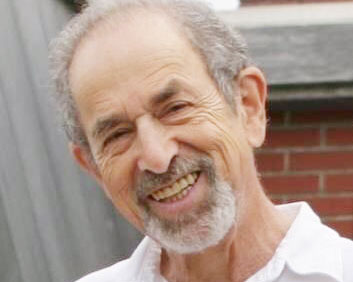
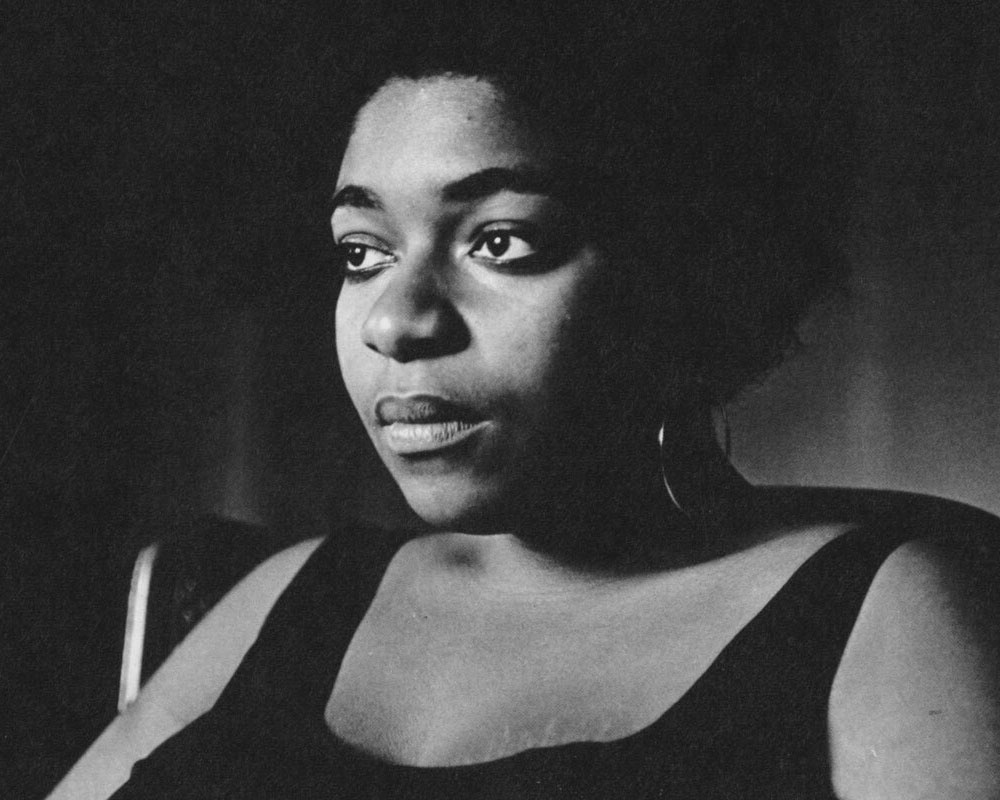
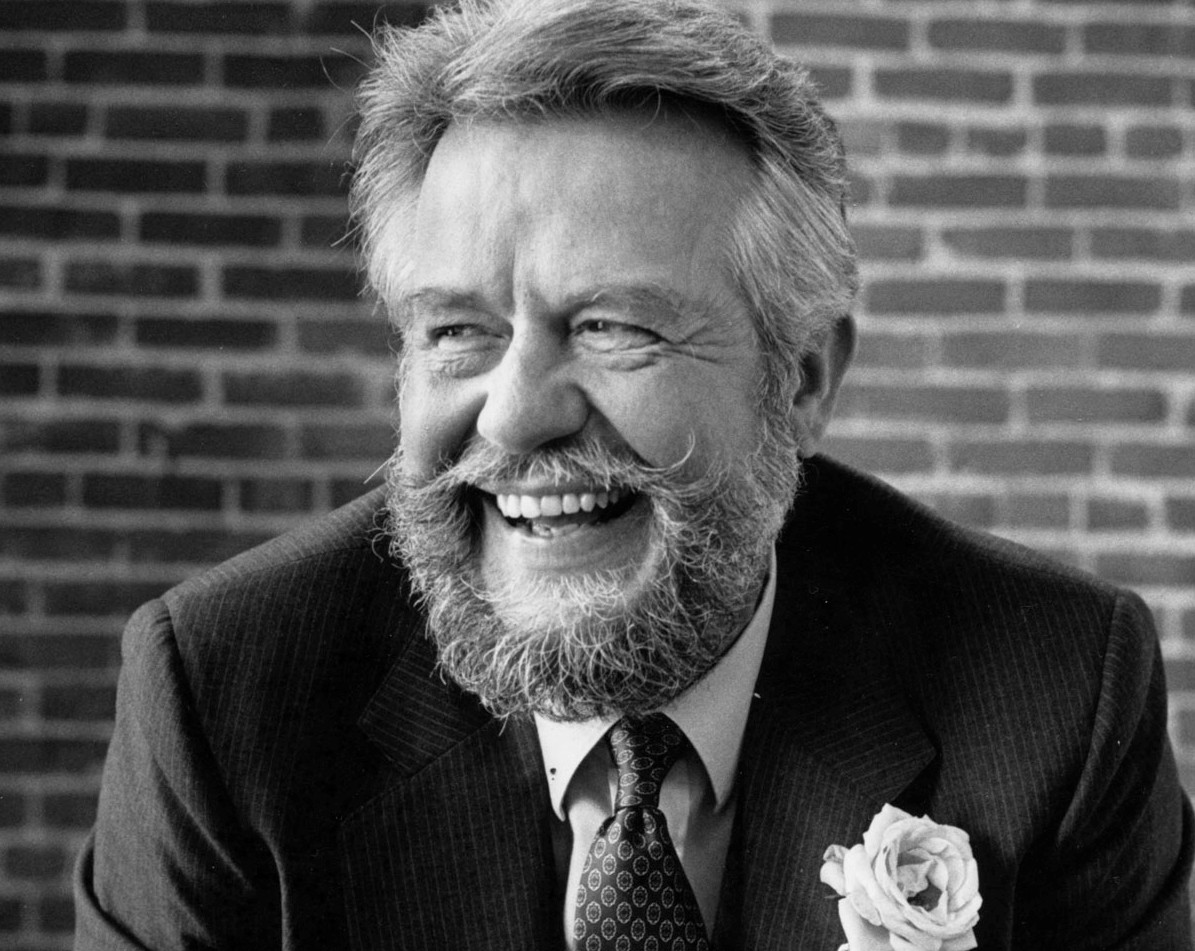
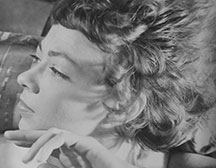
![Photo of Prof. Marvin Levich [philosophy 1953–94]](https://www.reed.edu/reed-magazine/in-memoriam/assets/images/2022/LTL-levich1.jpg)
![Photo of President Paul E. Bragdon [1971–88]](https://www.reed.edu/reed-magazine/in-memoriam/assets/images/2020/Bragdon.jpg)
![Photo of Prof. Edward Barton Segel [history 1973–2011]](https://www.reed.edu/reed-magazine/in-memoriam/assets/images/2020/Segel.jpg)
